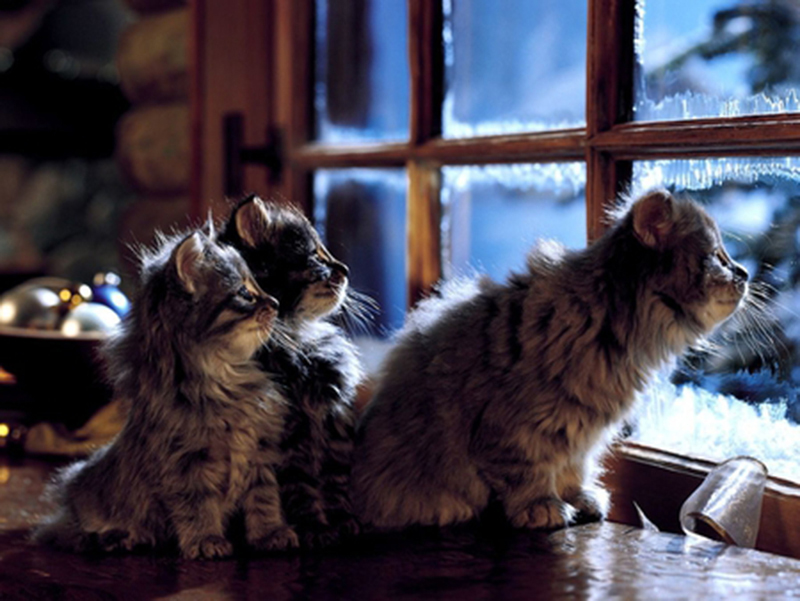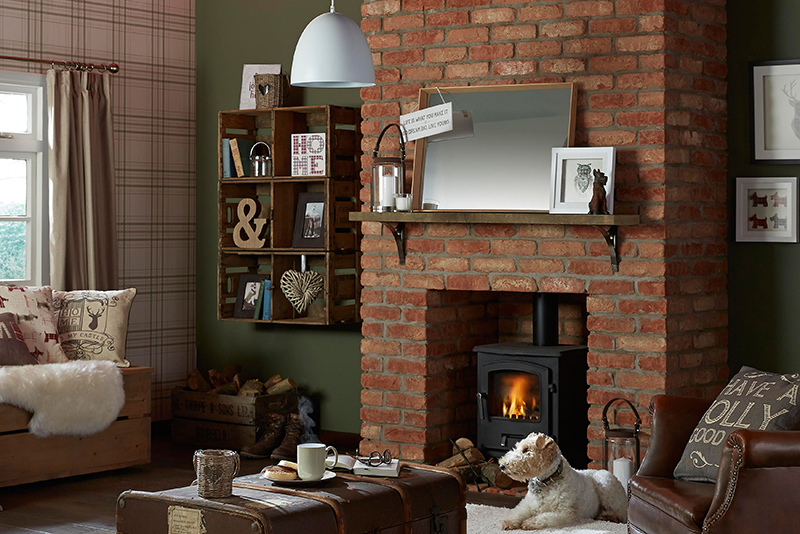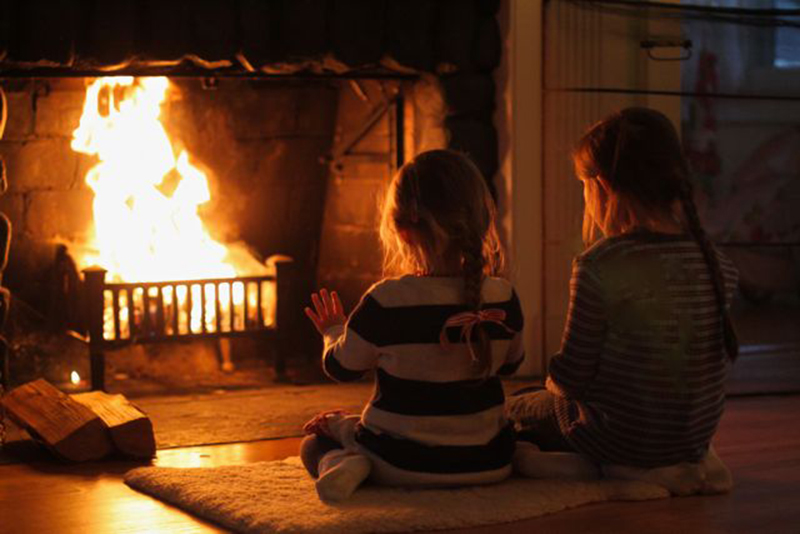Low - Tech ways to keep your house warm over the winter
Householders are regularly being advised to install double glazing, thorough insulation and overhaul their inefficient heating system. But apart from those often expensive tactics, what can be done cheaply and quickly to keep your house warm?
1. Use tin foil. One way to prevent unnecessary heat loss from radiators, particularly on those attached to external walls, is to use heat reflective aluminium foil / reflector behind the radiator. This prevents heat disappearing through the wall by reflecting it back into the room. Foil specially designed for the purpose can be bought for under €10. You can even use good quality kitchen foil, although it's generally not as effective.
2. Thick curtains are one of the main ways to protect your house from losing heat through the windows. Curtains with a thermal lining are a relatively cheap option - the thicker the better. If you don't want to splash out on new curtains you can line them yourself with materials like cheap fleece. You can even use PVC shower curtains and it's not just windows that can have curtains. Placing a curtain in front of doors to the outside adds another layer of protection.
3. Let the sunlight in during the day. It's important to try to use as much natural - and free - heat (in the form of sunlight) as possible. Window shades and curtains should be kept open during the day. Closing your curtains as soon as dusk falls will maximise your house's potential to retain that heat.
4. Double glazing is heat - efficient but it's relatively costly. If you can't afford it, why not fake it? There's a special film that you can put across [single-glazed] windows that can imitate the same effect, albeit to a lesser degree. You can attach the film to the window frame using double - sided tape and then fix it using a hairdryer. There's a downside - you won't be able to open your windows without breaking the seal but a pack to cover a medium - sized house would be about €15, so it could just be redone from time to time. Alternatively, self-adhesive foam strips can help seal any gaps in the edges of windows. Metal or plastic strips with brushes or wipers attached cost a bit more but will last longer as a result.. These can also be used as draught excluders around the hinges and frames of doors.
5. Stop heat being lost up the chimney. It's now fairly common to have fireplaces that are merely decorative. If you're not using yours then you should consider a chimney balloon. There's an amazing amount of heat that can be lost through an open fireplace. A chimney balloon, made from a special laminate, can be bought for about €35 and works by being placed inside the chimney hole, just out of sight. It's then inflated until it completely shuts out any incoming cold air or escaping heat. Just be sure not to start a fire without removing it.
6. Watch out for mini - draughts. Lots of draught comes through the letterbox. It's worthwhile putting an extra barrier there in the form of a "brush". They may be a nightmare for junk - mailers trying to force through that 15th pizza takeaway offer, but they could prevent a chill breezing through the house. The same goes for keyholes, which can be protected with simple circular (keyhole covers) that slip over the top, especially with the older, wider keyholes. Cat or dog flaps can also be filled with some sheep's wool insulation or pieces of blanket. It's amazing how even a small draught can make a room a lot colder, so if you can cut that bit of air out it immediately makes a difference.
7. "Sausage dog" draught excluders are vaguely reminiscent of the shape of a dachshund and typically rest at the bottom of doors, stopping heat escaping through the gap between door and floor. Anybody who's ever been smoking inside a room that they shouldn't will probably be aware that almost any material or piece of clothing can be used to wedge the space. Simple draught excluders can be made from cutting an old pair of tights and stuffing them with socks. But the more ambitious can go further. If you really want to go all out you can decorate them. The stuffing can be almost anything from rice and lentils to gravel.
8. Putting a shelf above the radiator, especially if you have high ceilings, can also help channel the warmth. But it's important not to place things on the radiator itself. You can put a shelf above it to stop the hot air rising directly above it. This is particularly the case if the radiator is below a window with curtains, where warm air would be trapped between the window and the curtain.
9. Shut up unused rooms. Keeping doors closed will prevent cold air moving into the rest of the house and contain the heat you've generated in a smaller area.
10. Cover bare floorboards. Floors account for as much as 10% of heat loss if they're not insulated. Carpets came into being for a reason. Those with wooden flooring have to deal with heat loss. Rugs and blankets can help mitigate this and have the added bonus of keeping your feet warm. Sometimes it's just the psychological element but if there are cracks or gaps in the flooring it's a good idea to squirt some filler into them. Floorboards and skirting boards can contract, expand or move slightly with everyday use, so you should use a filler that can tolerate movement. These are usually silicone-based.
11. Insulating your whole house professionally can seem expensive to some. But DIY loft insulation is a possibility. Rolls of foam insulation are cheap and three rolls of 8in deep foam should be enough to give most lofts an important layer of protection. Mineral wool (such as Rockwool or Rocksil), glass fibre and recycled paper products all work well. But remember to wear a facemask, goggles and protective clothing if you do it yourself, and leave sufficient gaps around the eaves to avoid condensation.
12. Don't undo your work by having an inefficient loft hatch. Some people might have a lovely insulated loft but the loft hatch might be an old timber one that's not insulated. Insulating it can be done with same self-adhesive strips as for window and doors. It's also worth checking that none of your roof tiles is loose or missing. If you have loose tiles or a damaged roof then you're going to get water that can get into your loft and as soon as the insulation gets wet it loses its efficiency. Although the difficulty of checking may be the biggest obstacle, if it's safe to do so then a single tile or so can be relatively cheap to replace.
13. Setting timers on heating is important. It's a myth that keeping it on all day is better. If it's very cold, the timer should be set to switch the heating on earlier, rather than turning the thermostat up to warm the house rapidly.







